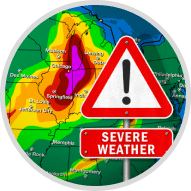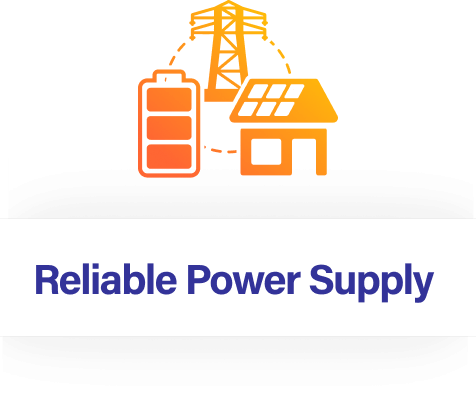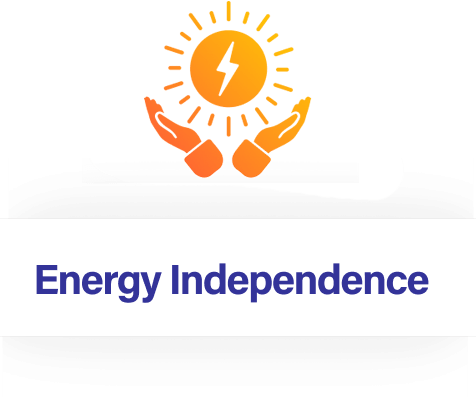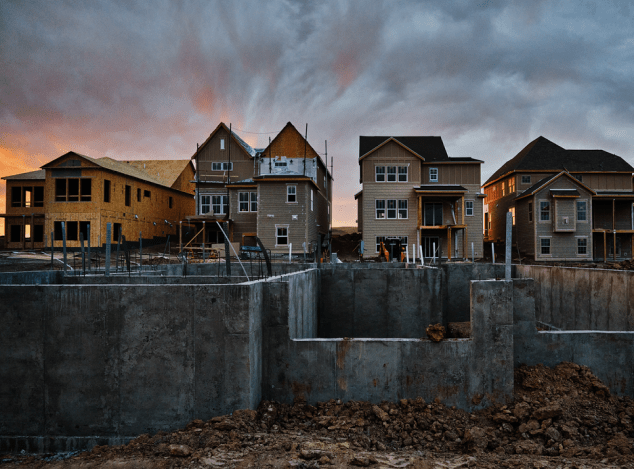

The United States experienced a record-breaking 28 weather and climate disasters in 2023 — from raging wildfires to devasting hurricanes — each one resulting in at least $1 billion in damages.
The increase in frequency and intensity of these events emphasizes the urgent need for the homebuilding industry to prioritize weather resilience in their new builds.
For builders, this trend doesn’t just underscore a challenge, but an opportunity to redefine homes as safe havens. In this context, the integration of solar and battery storage has emerged as an answer for nature’s unpredictability.

Weather Resiliency Defined
Weather resilience in homebuilding refers to constructing homes that can withstand or quickly recover from extreme weather events. This involves using materials, designs and technologies that enhance the durability and adaptability of homes to various environmental stresses.

Why It Matters
With climate change intensifying, the frequency and severity of weather-related disasters are increasing. Homes that aren’t built to withstand these conditions are at greater risk of damage, leading to higher costs and safety concerns for homeowners. Building weather-resilient homes is not just a matter of preference — depending on the location of your communities, it’s a necessity.
Solar + Battery’s Role in Weather-Resilient Homes
Solar battery storage stands at the forefront of renewable energy solutions in homebuilding. Together, they provide a renewable source of energy that reduces reliance on the grid — something particularly vital during weather-related power outages.

Solar panels can continue to supply electricity during a grid outage when paired with battery storage, providing a power source during outages.*

Batteries enable homes to operate independently of the grid, crucial during extended outages.

Stored energy can be used during peak hours when electricity rates are higher, leading to cost savings.

Solar is a clean, renewable resource that reduces carbon footprint.
WEBINAR: Building Weather-Resilient Homes
This insightful webinar offers a deep dive into the nuances of building weather-resilient homes. Industry experts discuss the latest trends, technologies and strategies in integrating solar and battery storage systems. Gain insights from real-life examples and learn how to navigate the challenges and opportunities in creating resilient, energy-efficient homes.
Our Role in Weather Resiliency
Recognizing the escalating challenges posed by severe weather and power outages, Sunnova has developed a comprehensive strategy to enhance home resilience. This includes a robust disaster response program, underscored by a Severe Weather Assessment Team and a global command center.
Sunnova’s focus is not just on providing solar and storage solutions, but also on ensuring effective communication with customers during critical times.
Our expertise in solar and battery integration plays a big role in empowering homebuilders to construct homes that are not only energy-efficient, but capable of withstanding weather-related disruptions.
